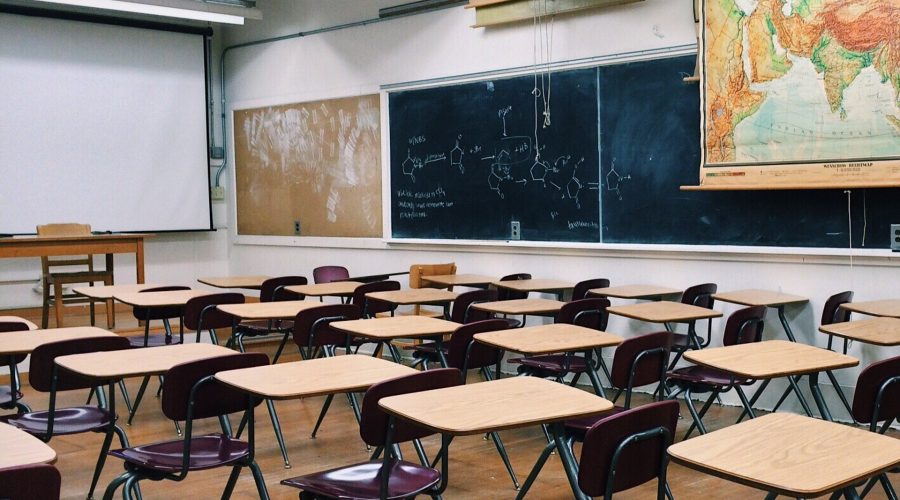3D Printing In The Classroom? 4 Reasons Why It’s A Great Idea
Over the past few years, 3D printing technology has dramatically evolved in terms of capability, price and output quality. Also, amazing new printing materials are available, giving you the ability to print an astonishing variety of objects.
Although 3D printing has revolutionized many industries and businesses, some of its greatest potential remains untapped. After all, 3D printers in educational settings can provide an unlimited number of learning opportunities that can make both you and your students more successful.
In brief, 3D printing gives you a way to mix learning and fun while improving student outcomes. Adding a tangible dimension to abstract ideas stimulates the imagination and improves learning. Also, the chance to design and print in 3D unleashes creativity.
Young people who learn how to use and apply 3D printing technology gain important skills that can jump start careers and open unexpected opportunities. Continue reading below to learn four fantastic reasons why 3D printing is a great idea for your classroom.
Encourages Creativity
Your students can become active, engaged learners when they have access to a 3D printer in their classroom. Rather than only visualizing objects and ideas in their mind, students can turn their imagination into reality.
Rather than limiting your students to the rote learning that many people associate with STEM curricula, you can unleash their full potential by teaching them the principles of 3D design along with the practical use of 3D printers.
Most importantly, 3D printing can encourage creativity regardless of age. 3D design applications now exist that give even the smallest children the ability to discover the rewarding process of converting their ideas into something they can hold in their hands.
Makes Difficult Concepts Easier to Understand
A 3D printer in your classroom is a great idea because of the way it converts abstract concepts into reality. For example, as you teach geometry, you can have your students print objects that illustrate the terms that they have learned.
3D printing can also reinforce science lessons. As you work with your students to produce 3D objects that illustrate and demonstrate the principles taught in your lectures, the high level of engagement further enhances learning by eliminating boredom and making learning fun.
One of the difficult concepts that your students can learn is the technology of 3D printing. You can give your students the firsthand knowledge of how 3D printing works. Additionally, they also will learn how to use 3D modeling software and 3D scanners to create practical results.
Promotes Problem-solving Skills
As your students learn the pathway that leads from abstract ideas to tangible realities, they learn important skills that will help them know how to solve problems in every part of their personal and professional life.
All things considered, 3D printing enables users to use trial-and-error iterations to improve their designs by correcting flaws and eliminating weaknesses. Best of all, the secure environment of your classroom gives students the latitude they need to experience failure and exercise patience as they solve real-world problems.
In essence, 3D printing in the classroom teaches your students both how to deal with failure and how to learn from mistakes. Such experience will help them adapt to real world environments where they might use 3D printing to create prototypes that lead to successful inventions and product designs.
Innovative Teaching Tool for a Wide Range of Subjects
As has been noted, 3D printing in the classroom helps students learn. In other words, a 3D printer is a teaching tool that offers educators practically unlimited opportunities to improve the classroom experience. In the end, both you and your students can reap the rewards.
Your 3D printer can help you teach a wide range of subjects:
Math: Illustrate geometric axioms, shapes and spatial calculations.
Science: Demonstrate the principles of physics, geology, and astronomy. 3D printing can even help you teach chemistry by printing 3D models of molecules.
Health and Biology: Students can print and study skeletons and extinct animals.
History: Make historic places and objects come alive by rendering them in 3D.
Art: Print scale models of world-famous sculpture, architecture, and pottery for students to study.
Although you can use a 3D printer to make science and math come alive, you can also use it to teach the principles of teamwork and problem-solving. Additionally, other concepts such as innovation can also come into play.
In summary, 3D printing in the classroom offers limitless opportunities that can help you become a better educator and engage students in ways that prepare them for a lifetime of learning and innovation.
By making your classroom a place where creativity and problem-solving skills make ordinary subjects come alive, your students can discover the fun of learning and develop skills and habits that can last a lifetime.


Leave a Reply
You must be logged in to post a comment.